We know that Wikipedia is the world’s largest knowledge repository. But have you ever wondered from where does Wikipedia access all these lesser known information? Wikipedia, the world’s largest online encyclopaedia runs entirely on a voluntary basis. For this Wikipedia conducts Photowalk and workshops in various cities and those attending these activities voluntarily contribute to the great knowledge repository. Wikipedia holds city walks in almost all the major cities. Kolkata is no exception. Till now Kolkata had 6 Kolkata Photowalk, the last one, Wikipedia Takes Kolkata-VI was held on 29th January 2017. We were fortunate to be invited to such an event where we could explore the unexplored facets of Kolkata. This year the walk was conducted in the Cossipore-Baranagar area, a place where we had very less knowledge about.

All the participants met in front of the Chitpur Police station. After a brief introduction, our walks started covering the old and heritage sites of Cossipore and Baranagar area.
Adi Chitteswari Temple, Kolkata Photowalk
Our first stop was the Adi Chitteswari Temple. The temple is perhaps the oldest temple of Goddess Durga. It is said that the notorious robber of those time Chitey built this temple. The temple lay abandoned after his death. Later in 1610, Zamindar Manohar Ghosh constructed the present temple and reinstated the deity. The Deity is carved out from a block of Neem wood and remains as it was during the time of Chitey. The Chitpur Road is named after Goddess Chitteswari.

Sarbamangala temple
Like all the older temples of Kolkata, the Sarbamangala Temple was associated with dreaded robber Raghu Sardar. He had a divine order of worshipping a stone as a symbol of Goddess Kali. The first priest of this temple was Ram Charan Shimlai and his descendants are the present custodian of the temple. Unfortunately, the priests of the Sarbamangala Temple did not allow us to photograph much.


Udyan Bati
Udyan Bati is known as the place where Sri Ramkrishna attained enlightenment. Sri. Ramkrishna was suffering from a serious ailment and was not showing any signs of improvement. After the suggestion of Dr Mahendra Lal Sarkar, Sri Ramkrishna was brought to Cossipore Garden House or the Udyan Bati on December 11, 1885. His devotees believe that Sri Ramkrishna revealed himself as an Avatar or Kalpataru on January 1, 1886 and blessed many of his devotees. This day is celebrated as Kalpataru Diwas till today by the devotees of Sri Ramkrishna.

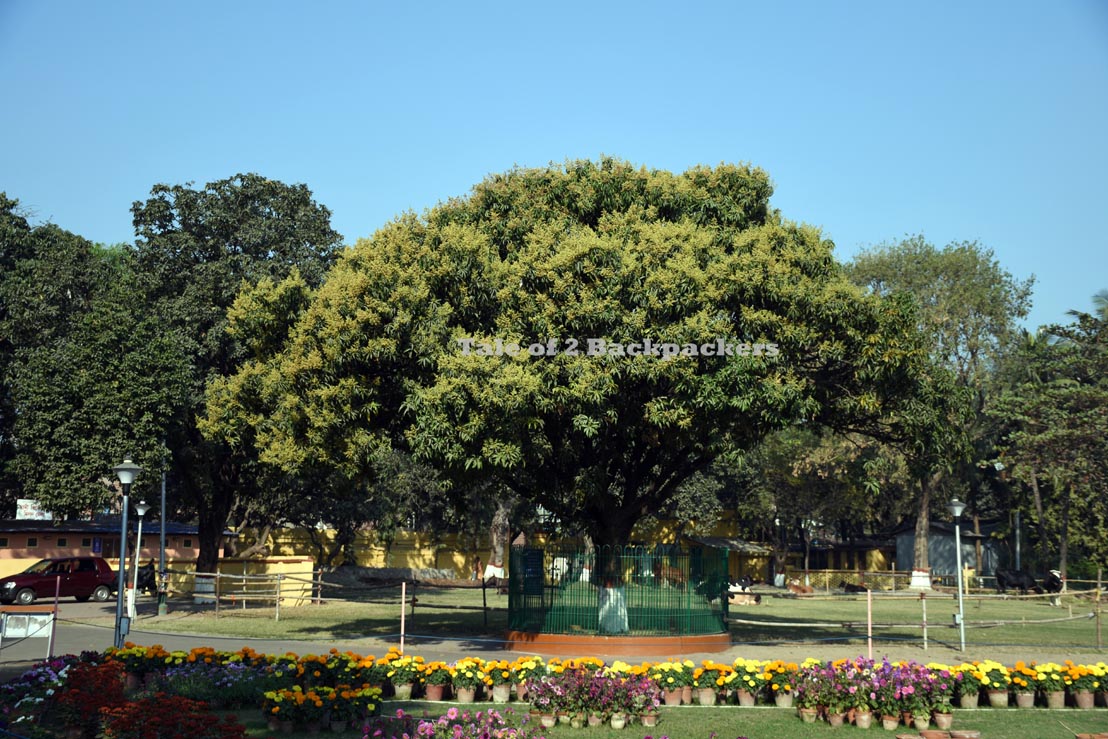
Bamandas Mukherjee House

A few minutes’ walk from Udyan Bati and one can see the grand house standing. Bamandas Mukherjee was a well-known businessman and inside the premises is the huge Kali temple. The temple has a central courtyard and the shrine is on its northern side. Facing the road is a cast-iron balcony on the first floor, and at its northern end is an octagonal tower-like structure.

Narail House
The famous Zamindar of Narail (now in Bangladesh) Pulin Behari Ray established the Narail house in the Cossipore area for the purpose of Zamidari work. The house used to cover a large area on the Ratan Babu Road consisting three houses with the address of 27, 18 and 30. Presently, only two buildings remain in a very dilapidated condition and there is no existence of House No. 28.


Ratan Babu Ghat
This ghat is named after Ram Ratan Roy from the rich Narail family. The Ratan Babu Road is also named after him. He was a successful indigo trader of that time. The ghat has a square pavilion and a crematorium beside it.
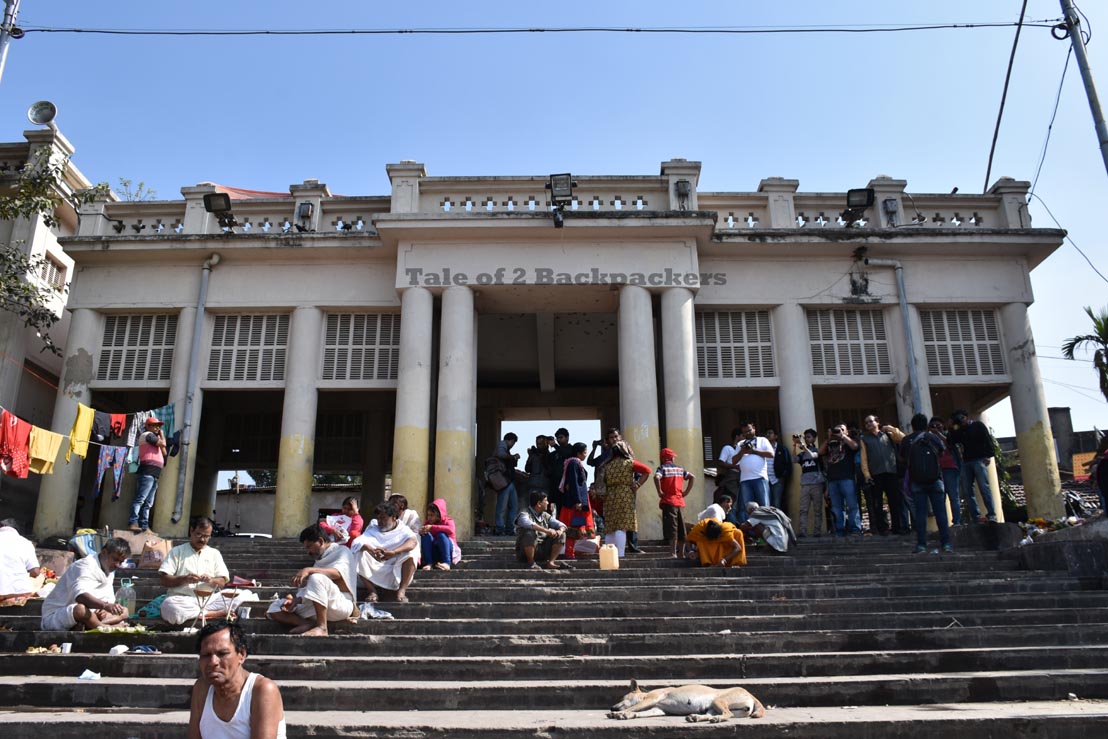
Kuthi Ghat
Kuthi Ghat is a small ghat that was also used as a watch station. Earlier Baranagar was under Dutch occupation and the Dutch used Kuthi Ghat as their watch tower. There was a building near the ghat is known as the “Dutch Kuthi” where the Governor used to reside. Presently, nothing remains of the building. The Kuthi Ghat is a lovely place and you can see the Belur Math Ghat right opposite to it. Also nearby is the old Victoria School building built during the 17th century.


Joy Mitra Kalibari
Joy Mitra Kalibari is also known as the Kripamoyee Kalibari built by the famous Zamindar Joyram Mitra in 1848. Goddess Dakshina Kali is worshipped in this temple and there are twelve Shiva temples surrounding the main temple.
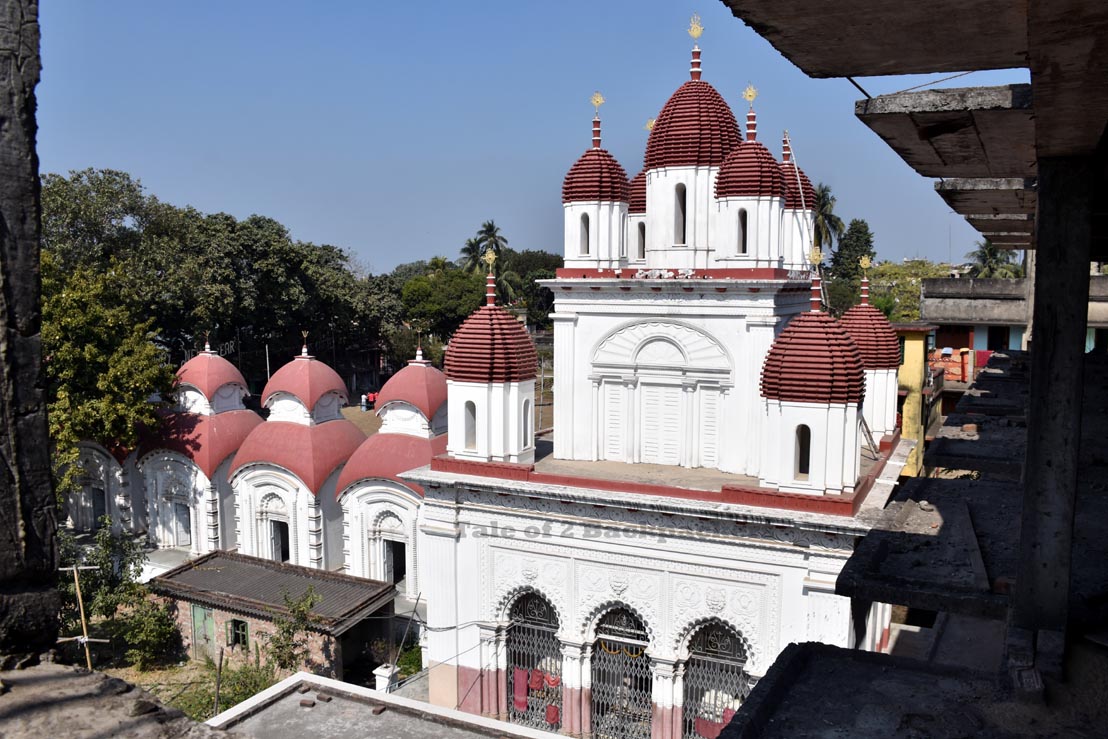
Kancher Mandir
Kancher Mandir or the temple made of glass is situated in the premises of the Ramkrishna Ashram of Baranagar. It is also called the Seesha Mandir and was founded by Swami Satyananda. The temple has a statue of Sarada Devi.
Besides these old and heritage structures, we also saw the Biswas Bari and the Roy Bari in the Ratan Babu Road. These houses belong to the rich Zamindars of the region. These buildings are all in dilapidated conditions and in urgent need of maintenance.

The photo-walk was a unique experience – an opportunity to know Kolkata even better. The walk ended with a workshop and a great lunch.

An interesting thing worth mentioning is that Kolkata is the only city where Wikipedia has held 6 walks. That is also a record in itself!
The previous walks held in Kolkata were as follows:
Wikipedia takes Kolkata I, 18 Dec. 2011, BBD Bag Area
Wikipedia takes Kolkata-II, 3 March 2013, Bow Barracks, Tiretta bazar and canning Street area.
Wikipedia takes Kolkata III, 23 Feb 2014, Manicktala, Gouribari, Shyambazar and Belgachia area.
Wikipedia takes Kolkata-IV, 14 Dec 2014, Tollygunge and Chetla area.
Wikipedia takes Kolkata V, 24 Jan 2015, Kidderpore Area




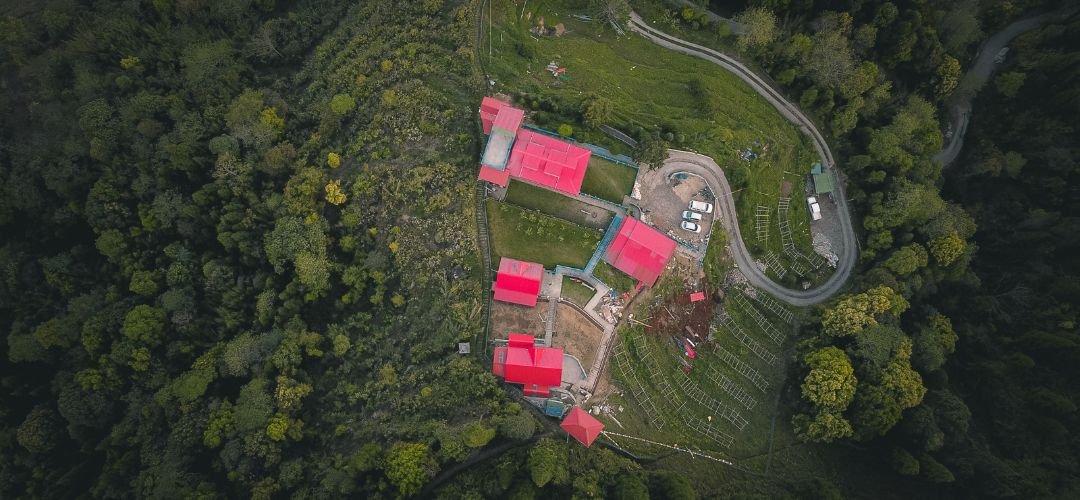


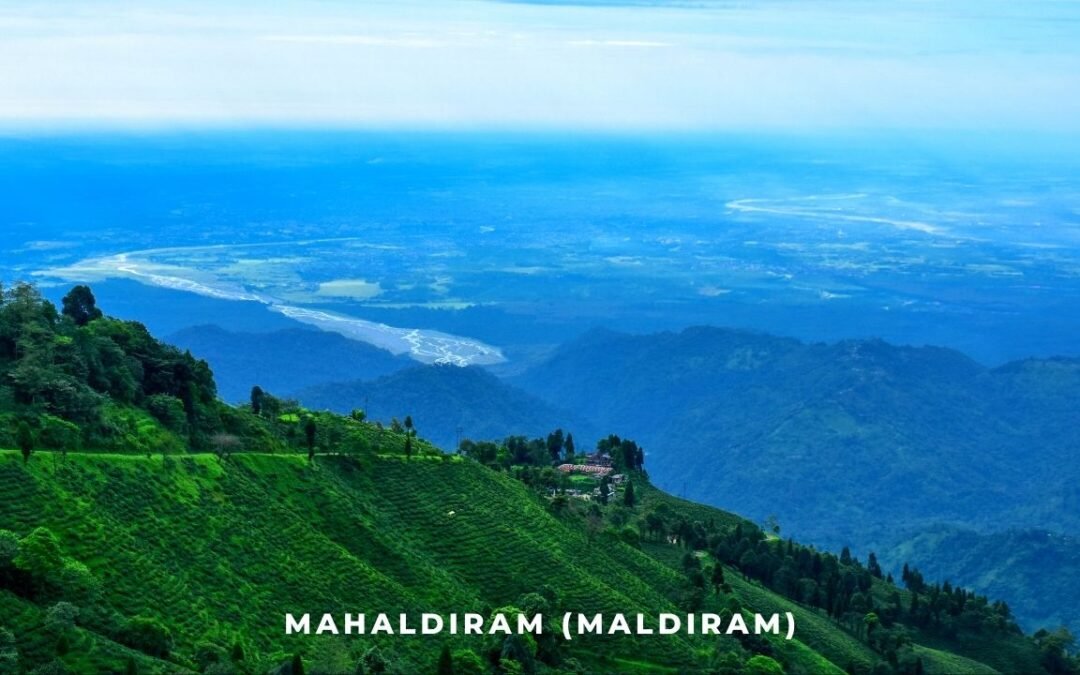
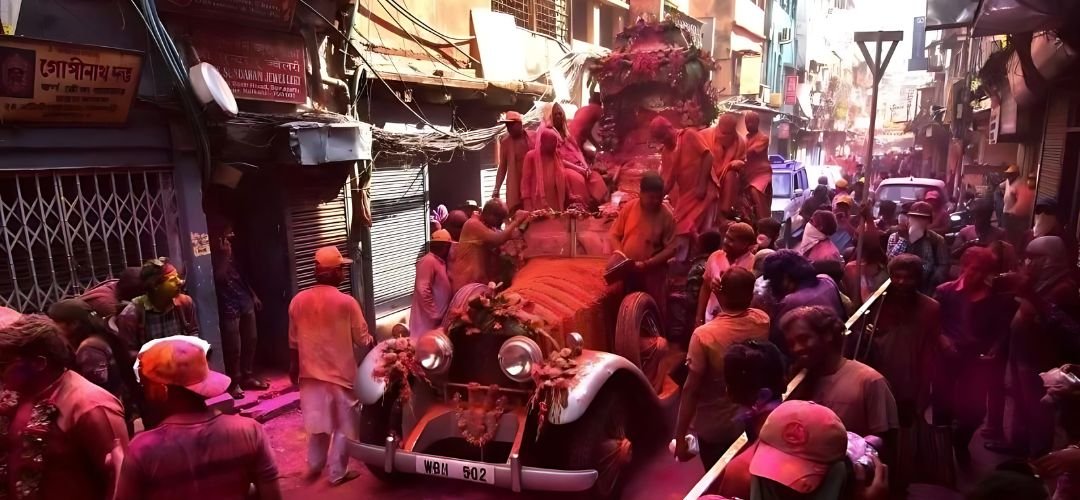
Interesting. I like heritage walks and photo walks, I marked this in my list of places to see.
Thanks for sharing.
I would like to inform that, the pictures you took for Narail house is missing the main house! Please do visit to get proper pictures! Biswas bari not considered under narail right now. I am the daughter of Narail house. 😊
Hello Epshita! Thank you for pointing out the fact. At that time, we were not allowed to enter Narail House. We do have a request to you. Can you please provide us a picture of Naraul House? It will then complete the blog. And we will definitely visit Narail House once again!